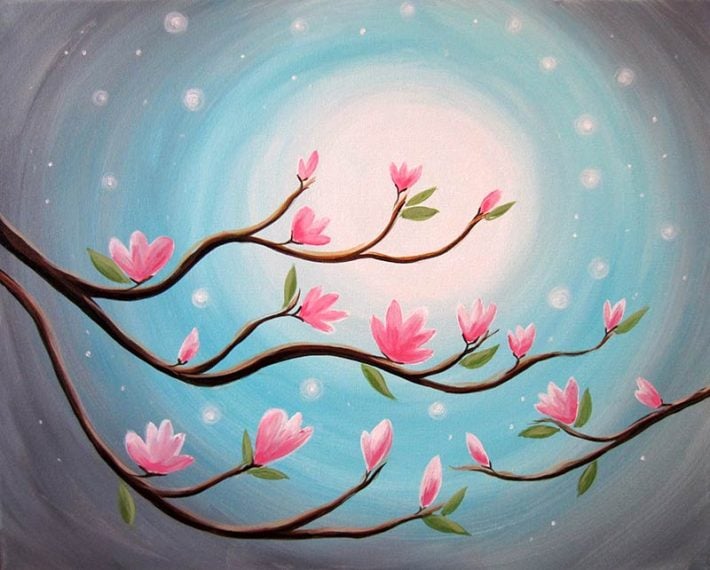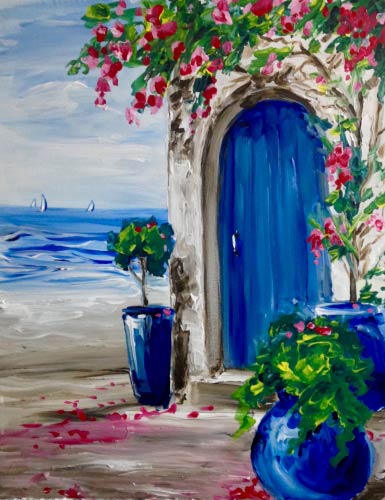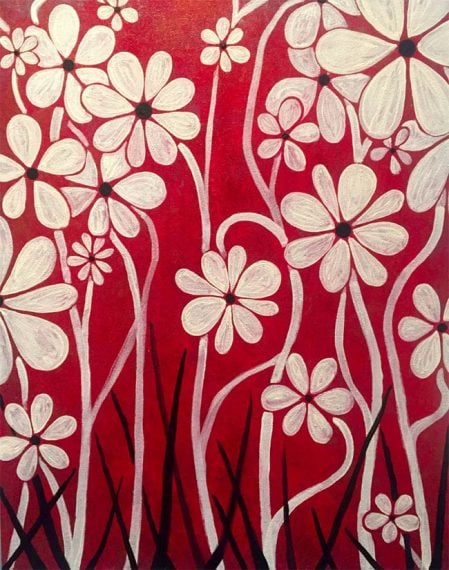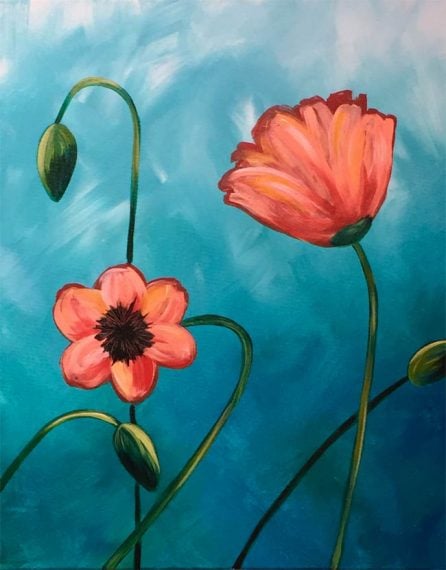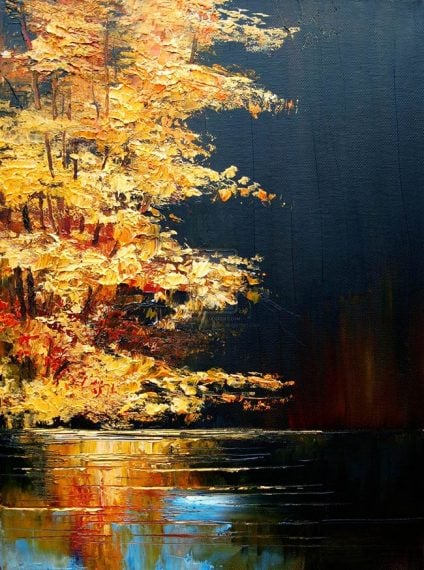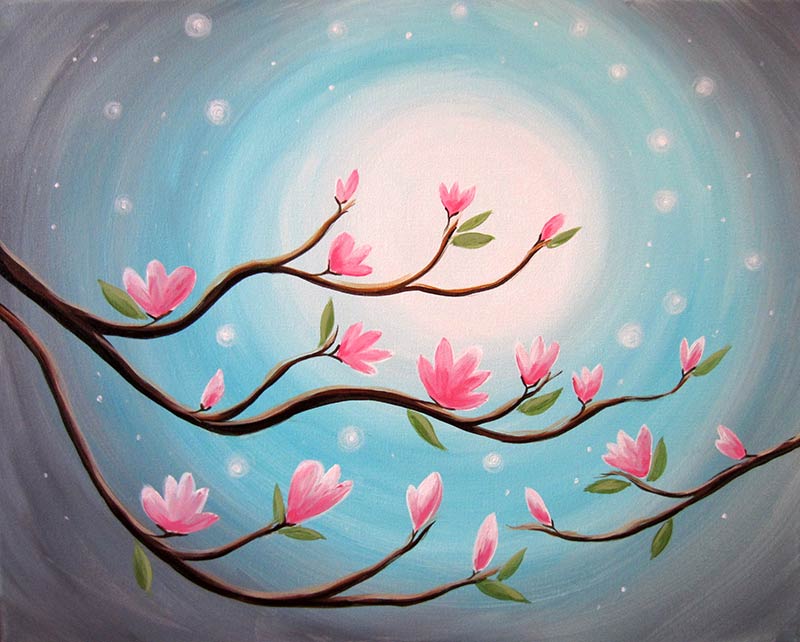Regardless of your skill, just about anyone can get started with acrylic painting to beautifully unravel his creativity. Requiring a minimal investment, painting is one of the world`s most rewarding hobbies, one that nurtures the imagination of the individual and frees the mind, moreover painting is one of the few hobbies that can be enjoyed on a low budget greatly encouraging people all around the world to find refuge in this calm, peaceful practice. To get your painting journey on, most users can get started with the following:
- Acrylic paint set
- Canvas
- Budget acrylic paint brush set
That’s it! Now that you have your materials gathered, it’s time to begin painting, but before you start, take a moment and read the following tips in mind:
Using Acrylics:
You don’t need a science degree to use acrylic paints, but keeping these tips in mind will help you get started on the right foot.
- Keep your paints moist- As you’re painting, try and keep your paints moist. This will help the paint glide smoothly onto your canvas without creating awkward and jagged lines. Of course a canvas preparation spray will help too- more on that below. If you can’t immediately run out and buy Gesso, settle for purchasing a misting bottle instead. While it won’t make your canvas smooth, it will keep your paints moist, so they’ll be easier to work with.
- Use caution when picking colors- most often than not colors do not come out the way we anticipate. If you’re a beginner artist, the chances of this happening are even more likely. Instead of immediately trying to become the next Picasso, spend as much time as necessary- becoming familiar with paints and what colors can be mixed.
- Whiteout- It happens to the best of us; you’re painting a picture and everything is going great until you make a mistake. Now what? As much as you may be tempted to do so, don’t reach for the white paint. While we may have a tendency to think that white will immediately remove our error, it can actually make the mistake more noticeable! For instance, painting over darker colors may cause the white paint to take on a bluish hue. In the attempt to solve this use hues close to the problematic color and do your best to transform the scene to your advantage.
Storage for Acrylic Paints
While acrylic paints are easy to care for- for the most part- acrylic paints do require some maintenance in order to ensure they’ll work properly.
- Put your unused portions in the fridge- It doesn’t matter which storage method you use, but try and find a plastic containers that can be sealed with a lid. When you’re finished painting, placed the palette or unused portion in the container- in the fridge. Paints that are stored this way can last from days to week depending on their quality.
- Use the right brush- Similar to using the right tool for the job, make sure you’re always prepared. Regardless of how big the project is, always use the right tool for the job. If the project involves small and intricate details, obviously you don’t want to use a massive paint brush to try and obtain the same beautiful result.
Saving money
Painting with acrylics is already inexpensive, but if you don’t take care of your equipment, the costs can add up quickly! Use these tips to help keep your new hobby affordable:
- Use inexpensive brushes-You don’t have to spend a fortune to get started in acrylic painting. A few dollars here and there can get the budding artist off to the right start.
Often times the brushes are considered to be one of the most expensive investments for the art project. Experienced artists will tell you that you don’t need an expensive brush set to get started. In fact, many may recommend you start with a budget paint brush set for your first endeavors. Depending on how much painting you intend to do or your particular painting style, it’s worth noting that certain painting styles or individuals will go through more brushes than others. - Keep caps your caps on your paints- if they dry out, you can`t use them. Unfortunately, you can’t restore paints with water. This can be prevented with ease though, as soon as you’ve rationed out how much you need for a particular project place the lid. Get the ink out in increments and be efficient.
- Canvas Preparation- Invest in a canvas preparation spray like Gesso- Technically, you don’t need a preparation spray, but there’s something about applying paint to a prepared canvas that is completely satisfying.
Design Ideas
Need some inspiration for your next project? Cast a glance at the gallery below and surge inspiration, the cool things to draw and paint in the gallery below are interesting to say the least. Cast a glance and leave your valuable feedback on the subject in the comment section below.
Related Articles
7 of the Best Brushes for Acrylic Painting [Architect’s Collection]
7 of the Best Brushes for Oil Painting [Architect’s Collection]



